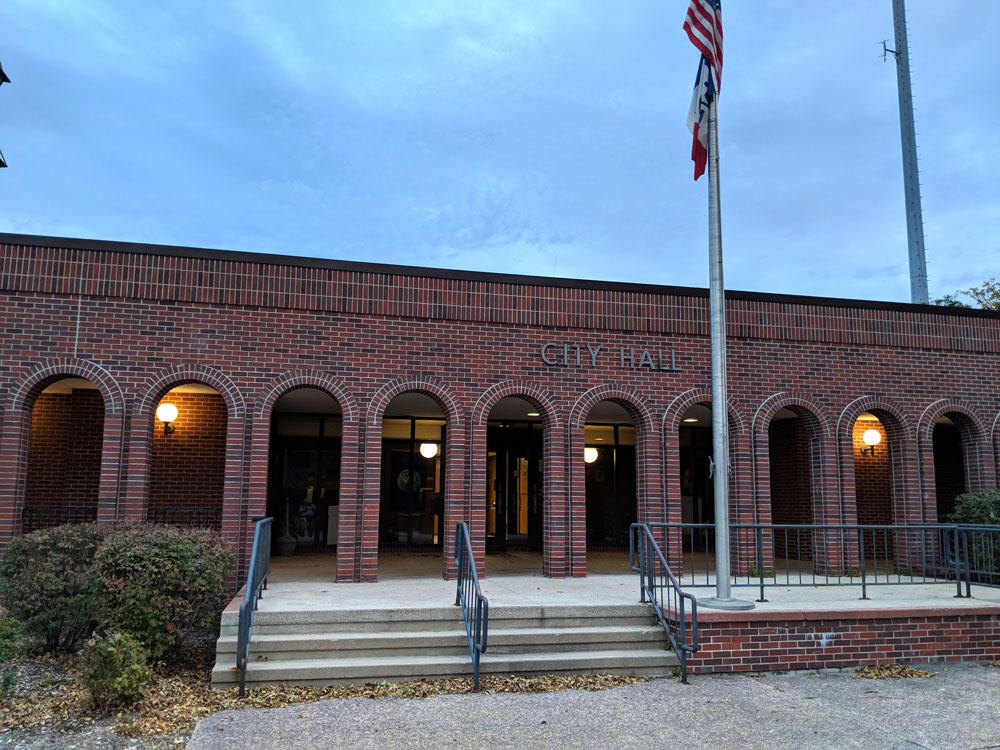Charles City reviews plans for capital improvements and tax abatement
By Travis Fischer, tkfischer@charlescitypress.com
The Charles City Council reviewed the final draft of the city’s five year Capital Improvement Plan and continued to progress on an urban revitalization tax abatement during its workshop meeting on Wednesday, Oct. 25.
Prioritizing projects based on immediacy, funding ability, and overall impact, the CIP will serve as a roadmap for how the city maintains and improves infrastructure and amenities through 2029.
From major projects like remodeling City Hall and the pedestrian mall, along with the start-up costs of a new public ambulance service, to more modest expenditures replacing water and sewer equipment or buying new tables for the library, the CIP identifies which projects should be focused on and how they will be funded.
“There’s nothing here that is out of the ordinary that every city doesn’t have to deal with,” said municipal consultant Pat Callahan, who has been working with the city to develop the plan.
The latest revisions to the CIP include a scaling down of tree replacements from $30,000 annually to $10,000, after determining that the higher amount would plant more trees than staff could feasibly water and maintain.
Street repair priorities were also shuffled, with a project for Terrace Drive slated for 2026, a two-part project for North Grand Avenue combined into one large project for 2027, and a project on 1st Avenue pushed to 2028.
The CIP is not a binding document and it is expected that changes will be made as circumstances inevitably change priorities and available funding. Still, it does function as a general path for the city to follow.
Callahan recommended that, once implemented, the council make quarterly reviews of the plan to track progress and make adjustments as needed.
A public hearing be scheduled for the Nov. 20 meeting to allow the public to weigh in on the CIP before its formal approval.
Also at the meeting, the council discussed the city’s plans to implement a tax abatement program to encourage property development.
The proposed program would offer tax abatement for 10 years for new buildings or additions that add 10% or more to the assessed value of residential property.
For example, a vacant lot that sees a new house built on it would have the increased property value resulting from that building subtracted from the assessed value for 10 years.
Likewise, a $100,000 property that undergoes an addition or renovation that adds $15,000 to the assessed value could apply for an abatement of $15,000 off their assessed value for the next decade.
In either case, the developer would apply to the city with the request for abatement and, once approved, the city would work with the county auditor to determine what the assessed value would be. That amount would be locked into the abatement for 10 years.
In additional to residential property, the city is also considering a similar abatement program for commercial property, which would allow businesses the option of either taking a three-year abatement at 100% or a 10-year abatement that gradually steps down over time.
The council discussed pros and cons of offering different options, considering whether too many choices would make the program unnecessarily complicated, but ultimately settled on offering the choice to businesses.
Implementing this policy will be a long process with several steps, the next of which will be scheduling a public hearing for the Nov. 6 meeting. The first reading of an ordinance authorizing the project is expected to be held in January.









Social Share